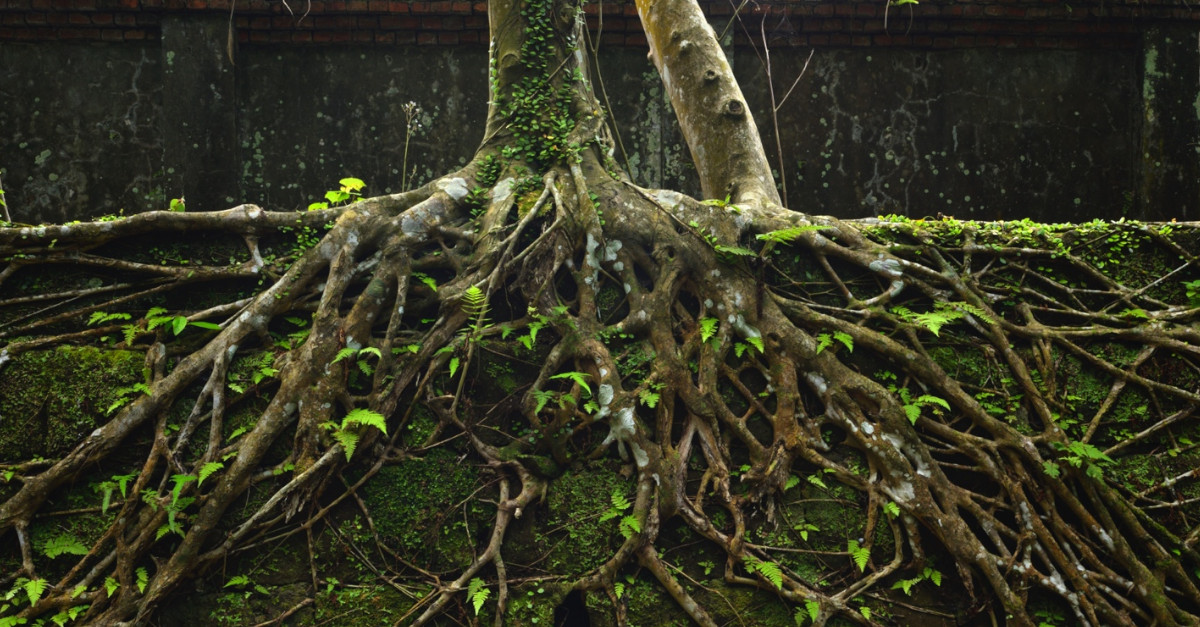Be a Georgia Tree Know It All: Japanese Cryptomeria
Each month, we feature some of the most popular trees in the state, including the American Yellowwood, American Holly, and Honey Locust.
For our final tree of 2021, we are showcasing the Japanese Cryptomeria, commonly known as the Japanese Cedar — a splendid tree that is well-suited for the Southeast.
Characteristics
This tree makes quite a dramatic appearance, thanks in part to its reddish-brown bark that peels in long, attractive strips year-round. The blue-green needles are glossy and short, with a foxtail arrangement that in winter turns to a bronze color.
Young Japanese Cedars have a Christmas tree shape. The trunk is straight and tapered, reaching a diameter of three feet. Its branches are wide-spreading, drooping with branchlets that can extend all the way to the ground.
When well cared for, a Japanese Cedar grows an average of 50 to 80 feet tall, and 20 to 30 feet in width. Some trees can reach heights up to 100 to 125 feet, but they won’t shoot up overnight. Japanese Cedars have a slow to medium growth rate, achieving an average of 20 feet in 20 years.
This handsome tree is well used as a windscreen, border, or a statement grouping on large tracts of land. It is a perfect lawn specimen in a small yard, due to its narrow canopy.
Numerous available cultivars also provide gardeners a range of varieties, including:
- Yoshino – A fast-growing tree with green winter foliage. It reaches 30 to 40 feet tall and might have more leaf blight resistance than other variants.
- Elegans – Dense and bushy, this one grows about 15 to 25 feet tall.
- Globosa Nana – Mounded and compact, this small specimen reaches three to four feet tall and three feet wide. Its needles are dark green.
Growing Conditions
The Japanese Cedar thrives on acidic, moist, and well-drained soil. It can adapt to dry climates but will need irrigation under drought conditions. These trees can tolerate partial shade, but they prefer full sun. Your planting site should provide good air circulation, but also adequate protection from high winds.
The tree is capable of growing in USDA zones 6 through 9a, but it is not very hardy in dry, cooler climates. (North Georgia is in Zone 7.) Warm to hot summers that supply plenty of moisture —coupled with cool winters— will suit this lovely tree best.
Tree Care
Thanks to its adaptability to the climate and beautiful form, this is an outstanding tree for Southern gardens. Just take note of drought potential in your area, and supply steady watering all year.
In early spring, fertilize with one pound of a slow-release 8-8-8 fertilizer for every inch of trunk diameter. Broadcast the fertilizer under the tree canopy just past the drip line.
Pruning is generally not required for the Japanese Cedar unless you must remove shoot dieback. Unlike many evergreens, this one fills in well after it’s properly trimmed.
Signs of Distress
Mites can infest foliage, leaving mottled needles that turn yellow and then bronze. Severe infestations can end in twig or branch dieback. Foliage burn is also a potential problem in the winter, when evergreens lose water more quickly than it is replaced. In these cases, the best cure is to prune dead branches and await regrowth.
If the tree remains too damp, it can also suffer from leaf mold and leaf spots. To avoid this possibility, plant these trees where they have an occasional breeze.
In its native home of Japan, this majestic tree has lived for as many as 650 years. To keep your own specimen maintained for this kind of longevity, contact us online or call (404) 252-6448.










